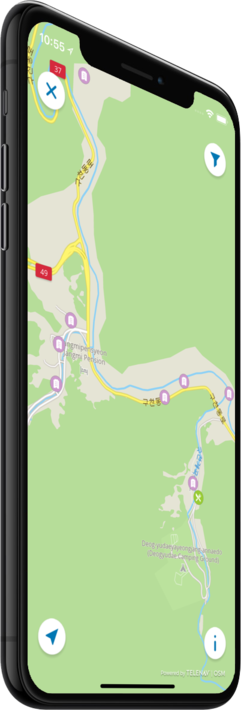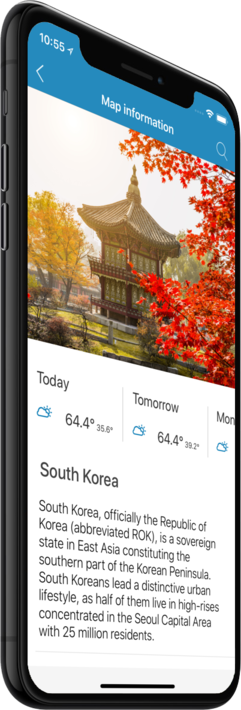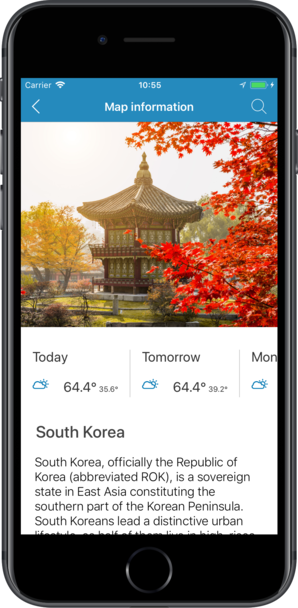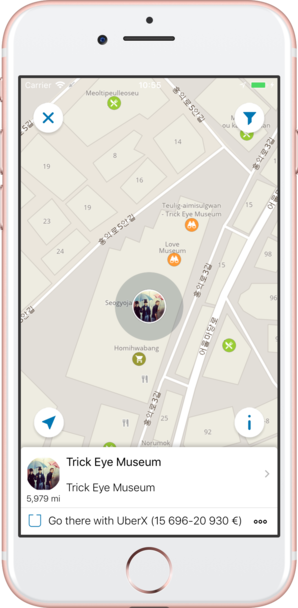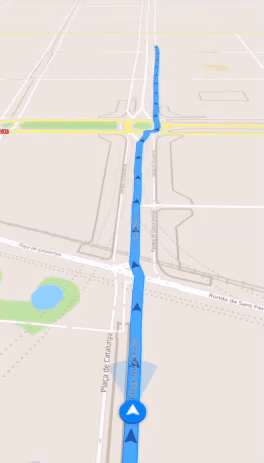Features
Turn your trip into an exciting and unforgettable experience
with the South Korea offline mobile map!
TOP DESTINATIONS
Our offline map offers you information about 74 top destinations, featuring high-quality descriptions, photos, and reviews written by real travelers.
HIGH-QUALITY CONTENT
Every location we feature comes with a description, a photo, and reviews written by real people.
SAVE ON MOBILE DATA!
All of the app’s features work offline! Simply download our completely autonomous map before your trip, and save mobile traffic!
FIND TOP DESTINATIONS NEARBY!
In addition to our featured locations, you will find tens of thousands of other useful places in our guide (hotels, restaurants, teller machines, public transport stops, points of interest, etc.)
OFFLINE NAVIGATION
Plan the best driving, walking, or biking route offline! Save your locations, so you can always easily find your way back and never get lost.
WEATHER FORECAST AND CURRENCY CONVERSION!
Latest weather forecast and a handy conversion rate calculator for 200+ different currencies!
Top places of interest
Here is a list of just a few of the places of interest that you can find on our offline map.

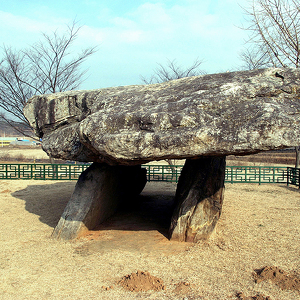
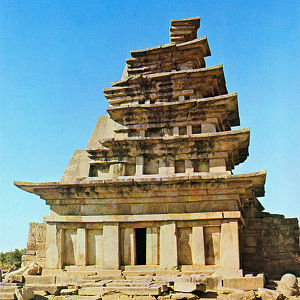
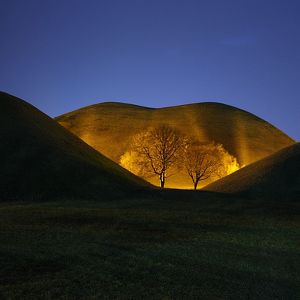
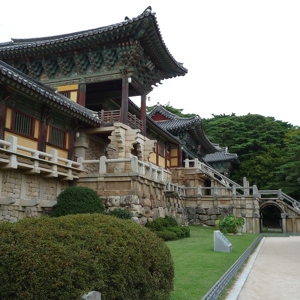

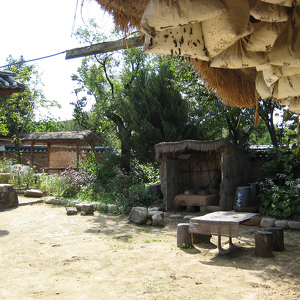
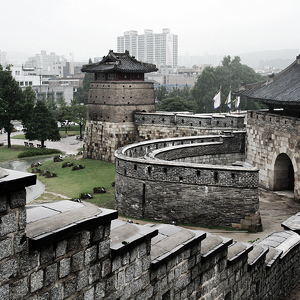
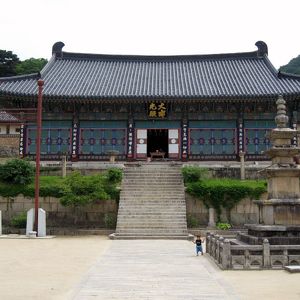
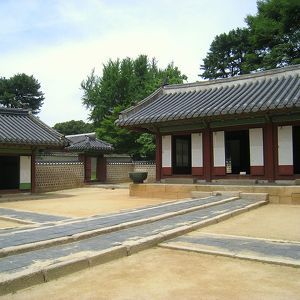
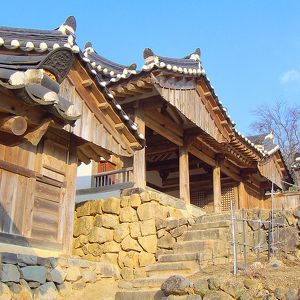
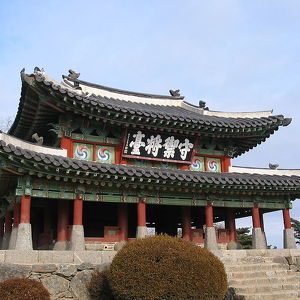
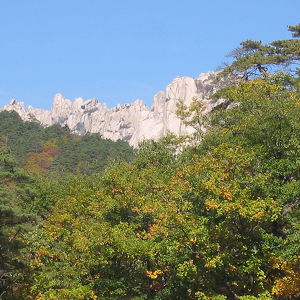
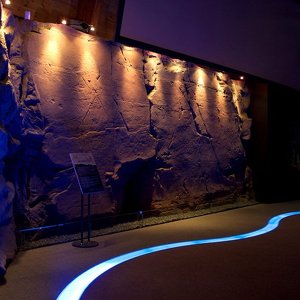
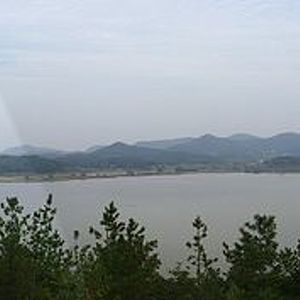
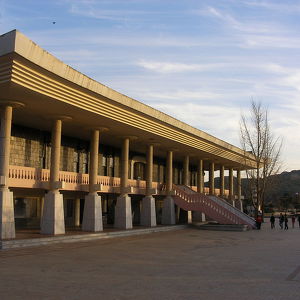
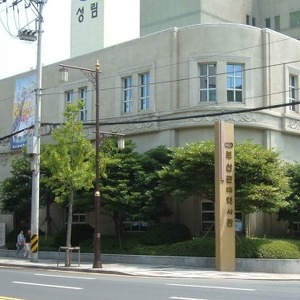
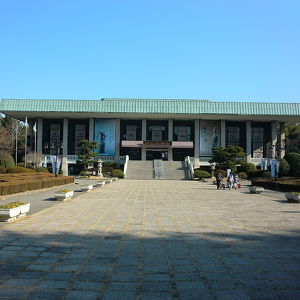
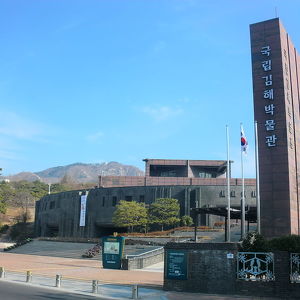
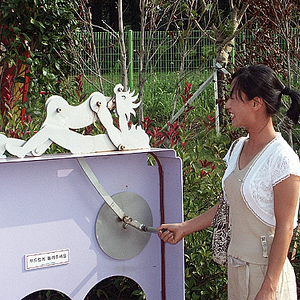
Trick Eye Museum
Trick Eye Museum
Gochang, Hwasun and Ganghwa Dolmen Sites
The megalithic stones are invaluable because they mark the graves of the ruling elite. Pottery, comma-shaped jewels, bronzes, stone tools, and other funerary artifacts have been excavated from these dolmen. The culture of the people during this time ca...
Baekje Historic Areas
The complex included a central wooden pagoda flanked by two stone pagodas. A causeway seems to have led to the outer entrance of the walled complex. Miruksa temple had a unique arrangement of three pagodas erected in a straight line going from east to ...
Gyeongju Historic Areas
The Mount Namsan belt is anchored by Mount Namsan, a mountain that was held sacred by the Silla people. Both Buddhist artifacts and artifacts related to Shamanism that predate the introduction of Buddhism to Korea have been found at this site. Buddhist...
Bulguksa
The temple was renovated during the Goryeo Dynasty and the early Joseon Dynasty. During the Imjin wars, the wooden buildings were burned to the ground. After 1604, reconstruction and expansion of Bulguksa started, followed by about 40 renovations until...
Seokguram
The Seokguram grotto is said to have been built by Kim Daeseong and originally called Seokbulsa. Construction began in 742 when Gim Daeseong resigned his position in the king's court or in 751, the 10th year of the reign of King Gyeongdeok of Silla. Th...
Hahoe Folk Village
The Ryu (or Yu in some transcriptions) clan of Pungsan established the Hahae Folk Village in the 16th century during the Joseon Dynasty and has been a one-clan community since that time. The village is notable because it has preserved many of its origi...
Hwaseong Fortress
Hwaseong Fortress was built over two and a half years, from 1794 to 1796, according to the designs of the architect Jeong Yak-yong, who would later become a renowned leader of the Silhak movement. Silhak, which means practical learning, encouraged the ...
Haeinsa
The temple was first built in 802. Legend says that two Korean monks Suneung and Ijeong, returned from China and healed Aejang of Silla's wife of her illness. In gratitude for Gautama Buddha's mercy, the king ordered the construction of the temple. Ano...
Jongmyo
Jongmyo is a Confucian shrine dedicated to the perpetuation of memorial services for the deceased kings and queens of the Korean Joseon Dynasty (1392–1897). According to UNESCO, the shrine is the oldest royal Confucian shrine preserved and the ritual c...
Yangdong Folk Village
The village was founded by Son So. The household of the Wolseong Son clan was placed on an auspicious site according to Korean theories of pungsu (geomancy). Son So and his wife, the daughter of Yu Bok Ha had a daughter who married Yi Beon of the Yeoga...
Namhansanseong
The most obvious characteristic of Namhansanseong lies in its topographical advantage; a spacious flat top called Gorobong, with a low center and high sides over 480m above sea level, as well as being a high mountain over flat lands to easily observe a...
Seoraksan National Park
The reserve has an area of 163.6 square kilometres (63.2 sq mi) and includes many mountain peaks measuring over 1,200 metres above sea level, the tallest being Daecheongbong, at an altitude of 1,708 metres (5,604 ft). The ranges are composed largely of...
Bangudae Petroglyphs
Three hundred and four representations can be seen, of which 166 figures are animals and 108 are unidentified motifs. Representations of cetaceans are the most frequent, being 14.4% of the figures. In terms of theme, the representations are either anth...
Upo Wetland
Upo is home to numerous endangered, threatened and rare species. Based on a 1997 survey, the wetland is believed to be home to a total of 342 endangered or threatened species: 168 species of plants, 62 species of birds, 55 species of arthropods, 28 spe...
Gyeongju National Museum
There are a number of national museums in key locations across Korea, but the collection of this museum is especially important because it allows the general public, archaeologists, and historians to understand the rise of civilization in southeast Kor...
Busan Modern History Museum
The building was originally constructed during the Japanese occupation of Korea for the Oriental Development Company an organisation used to support Japanese colonization of Korea. Following the liberation of Korea in 1945 it was later used as the Unit...
Busan Museum
There are thirteen thousand relics in Busan museum. The typical relic is national treasure number 200, a Gilt-bronze Buddhist Saint standing statue created in the period of united Silla. Possession relics mainly come from Deokcheon-dong, No-po dong Anc...
Gimhae National Museum
Gimhae National Museum is a national museum located in Gimhae, South Gyeongsang Province, South Korea. It opened on July 29, 1998 with the aim to compile available cultural properties of Gaya, one of ancient states in Korea.
Love Land
During the 1970s, Jeju Island became a popular honeymoon destination for Korean couples, due to the island's warm climate and Cold War-era restrictions on overseas travel. Many of the couples had wed because of arranged marriages, and the island also b...
Counter

74
TOP DESTINATIONS

4228
PLACES OF INTEREST

9493
HOTELS

13483
CAFES AND RESTAURANTS
Contact us
You can get in touch with us by filling out this form
 |
 |
 |

